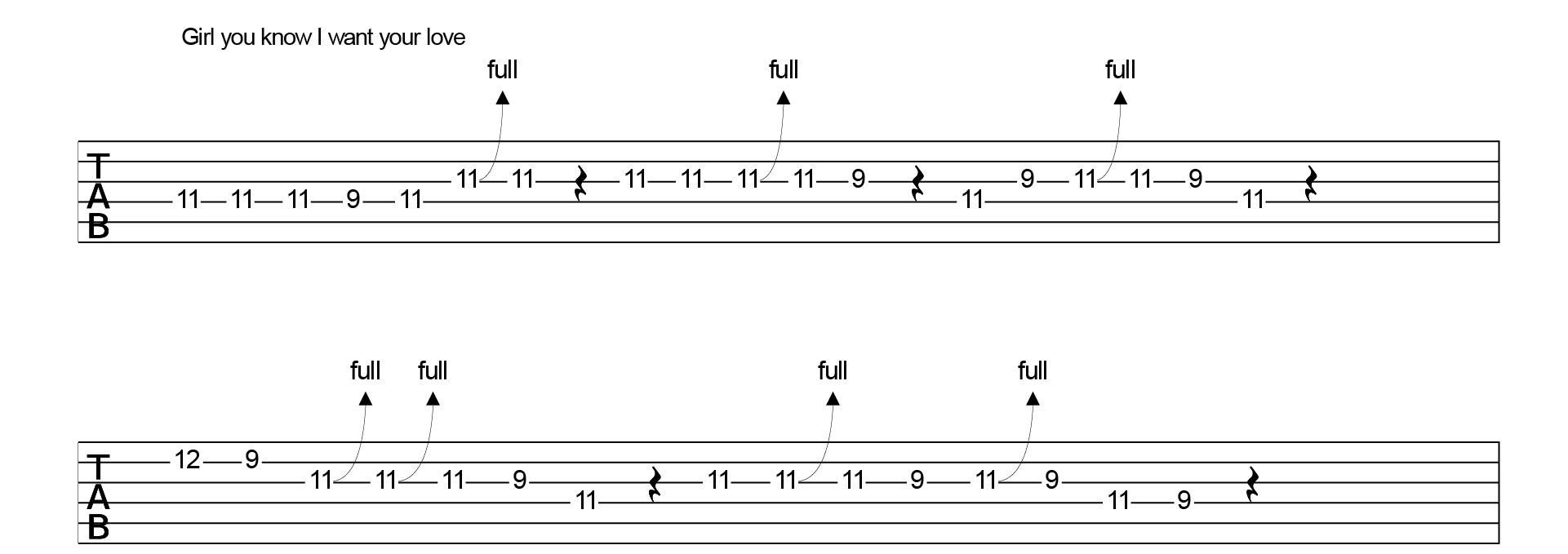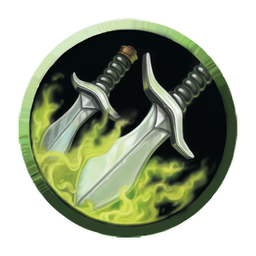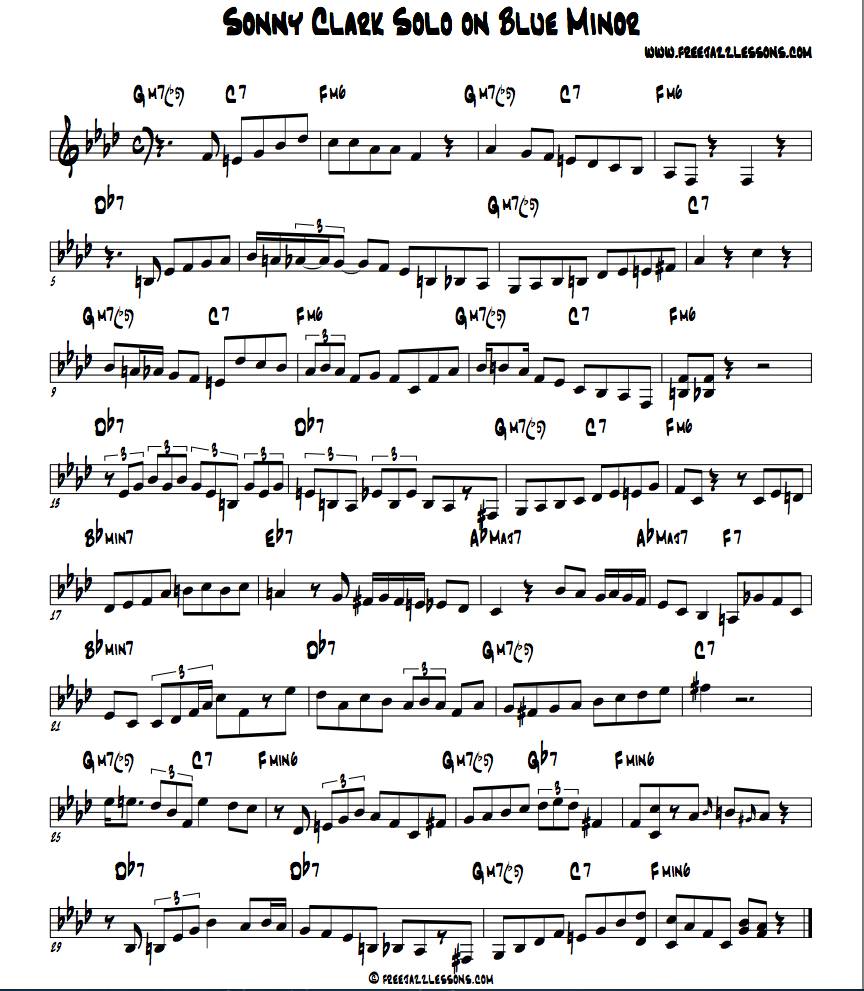Heart sounds sounds
Data: 4.03.2018 / Rating: 4.8 / Views: 873Gallery of Video:
Gallery of Images:
Heart sounds sounds
heart lung sounds free download Heart Sounds ( Lung Sounds), Auscultation ( Heart Lung Sounds), The Journal of Heart and Lung Transplantation, and many more programs the sounds heard on the surface of the chest in the heart region; they are amplified by and heard more distinctly through a stethoscope. They are caused by the vibrations generated during the normal cardiac cycle and may be produced by muscular action, valvular actions, motion of the heart, or blood. Essential Heart Sounds This module, 'Essential Heart Sounds is designed to provide auscultation instruction with practice exercises. The most important heart sounds found in family practice and internal medicine are covered. If you are stuck with heart sounds, this video will help you organize revise heart sounds alongwith audio of the heart sounds. All you need to remember for exams are summarized here. Record the sounds associated with valve openings and closings and with the flow of blood within the heart during the cardiac cycle. Place a TSD108 Physiological Sounds Microphone on the anterior surface of the chest over the heart to record heart sounds. Heart sounds are produced from a specific cardiac event such as closure of a valve or tensing of a chordae tendineae. Many pathologic cardiac conditions can be diagnosed by auscultation of the. Heart Sounds Here are the sounds that have been tagged with Heart free from SoundBible. com Please bookmark us CtrlD and come back soon for updates! Third Heart Sounds Low frequency, Low amplitude diastolic Sounds Heard after A2( msec after A2) Heard at the cardiac apex(LVS3) and L LSB(RVS3) Best heard with Bell of stethoscope Can be heard normally in children and. Heart Sounds for Android is a heart lung sounds reference application for physicians, medical students, nurses, physician assistants, and anyone else in the medical field. It has information about murmurs, rubs, gallops, wheezing, and rales in an easytouse application. The genesis of heart sounds continues to be a subject of debate and the precise mechanisms of their production have not been identified with certainty. This topic will review the auscultation of heart sounds. Heart sounds are auscultated at 4 different sites on the chest wall which correspond to the location of blood flow as it passes through the aortic, pulmonic, tricuspid, and mitral valves. Extra heart sounds include the third and fourth heart sounds. The third heart sound (S3) is a middiastolic, lowpitched sound. With the presence of S3, the heart sounds are described as having a gallop rhythm, simply because its addition alongside S1 and S2 make it sound like a horse galloping. Thinklabs One The smallest, most powerful stethoscope ever. Includes superb inear headphones, or use your own. The Icon has changed the tubes are over. Soft Heart Sounds: Heart sounds that are softer than normal. See detailed information below for a list of 9 causes of Soft Heart Sounds, Symptom Checker, including diseases and drug side effect causes. Heart failure is a condition in which the heart can't pump enough blood to meet the body's needs. Heart failure does not mean that your heart has stopped or is about to stop working. The most fundamental heart sounds are the first and second sounds, usually abbreviated as S 1 and S 2. S 1 is caused by closure of the mitral and tricuspid valves at the beginning of isovolumetric ventricular contraction. S 1 is normally slightly split (0. 04 sec) because mitral valve closure precedes tricuspid valve closure; however, this very short time interval cannot normally be heard with a. Heart Sounds Yoga connects the sound current with hatha yoga for children to tune into their own wise, inner voice for healing and balance. The sound current or sound light is the vibration of all of creation and goes back to our original essence. 2016 AHA Scientific Statement on Chronic Heart Failure in Congenital Heart Disease 2015 AHA Scientific Statement on Transitions of Care in Heart Failure 2013. If heart rate is higher than 100 beats per minute, finding third and fourth heart sounds is impossible. Unless the heart rate is slowed, the examiner can only guess at telling S3 from S4 unless there is afib, which eliminates the possibility of an S4. Heart Sounds Audio Introduction This website provides several types of learning resources for heart sounds audio and murmurs. We offer courses, reference guides and repetition training. Each of these resources is described below. Heart Sounds Heart sounds are the sounds produced by the heart during a cardiac cycle, specifically when heart valves snap shut. It can detected and heard easily with a stethoscope or by the help of a phonocardiograph. Today we are talking about a little subject called heart sounds. Even though theyre little and hard to hear sometimes, theyre kind of a big deal. Knowing the normal rhythm of the heart as well as the most common abnormal heart sounds will help. Other heart sounds include a galloping rhythm, which involves additional heart sounds, S3 and S4. An S3 gallop or third heart sound is a sound that occurs after the diastole S2 dub. The app provides easy way to access and listen to wide range of abnormal heart sounds and murmurs for different heart conditionsYou need to use your smartphone Heartsounds Uganda, Kampala, Uganda. 2, 215 likes 1 talking about this 1 was here. Extra heart sounds: Audio examples: Split S 2: S 3: S 4: Rubs: Audio examples: Pericardial rub (2 component) Pericardial rub (3 component) back to top. Heart sounds are the noises generated by the beating heart and the resultant flow of blood through it. Specifically, the sounds reflect the turbulence created when the. This application contains a wide range of heart and lung sounds that can be heard by the doctor when examining the patient with stethoscope with a brief description about each sound. Heart sounds are generated by contraction of the heart and flow across different parts of it. The first and second heart sounds are the result of closing of the atrioventricular and semilunar valves. You can hear your heart make sounds when it beats. Sounds can range in volume from barely audible to easy to hear with a stethoscope. Abnormal heart sounds are called heart murmurs. Heart sounds (fourth) The fourth heart sound is due to atrial contraction inducing ventricular filling towards the end of diastole. They are never audible in normal subjects. A fourth heart sound is the result of powerful atrial contraction filling an abnormally stiff ventricle. Left atrial heart sound is maximal at the apex, with possible. Heart sounds are heard by placing the ear over the chest or by using a stethoscope or microphone. These sounds are also recorded graphically. There are 4 sounds produced in heart per beat. The Auscultation Assistant provides heart sounds, heart murmurs, and breath sounds in order to help medical students and others improve their physical diagnosis skills. Since its creation in 1997, it has logged over 175, 000 visits. Heart sound section contains critical heart sounds to detect abnormal heartbeats and make diagnoses. Lung sound section help you to differentiate between normal and abnormal lung sounds. Listen to these breath sound to hear common lung abnormalities. Heart Sounds medical definition, flashcards, combining forms and ICD10 codes. Heart sounds are the noises generated by the beating heart and the resultant flow of blood through it. Specifically, the sounds reflect the turbulence created when the. The Physiological Origins of Heart Sounds and Murmurs: The Unique Interactive Guide to Cardiac Diagnosis: EnglishSpanish (CDROM for Windows Macintosh) Jan 15, 1997. by John Michael Criley MD FACC. Learn heart murmurs and other abnormal heart sounds using these courses. Over 60 lessons present systolic and diastolic murmurs, third (S3) and fourth (S4) heart sounds and congenital conditions. Each lesson includes audio, text, phonocardiogram and cardiac animation. Heart Sounds Quiz: this interactive quiz will test your ability to identify correctly the first and second heart sounds, extra sounds, diastolic and systolic murmurs in recordings of actual patients, using a computer animation of the carotid pulse for timing. These courses cover abnormal heart sounds including heart murmurs, third (S3) and fourth (S4) heart sounds and congenital conditions. Learn these sounds by selecting a topic from the table of contents below. If you are new to cardiac auscultation. Heart Sounds and Review of Fundamentals Systole: The time between S1 and S2 the blood is flowing from the heart to the lungs and body, across the pulmonic and aortic valves. A heart murmur is a blowing, whooshing, or rasping sound heard during a heartbeat. The sound is caused by turbulent (rough) blood flow through the heart valves or near the heart. Congenital Heart Disease Sounds Free MP3 versions of accurate live recordings of normal and abnormal heart sounds teach auscultation skill and the relation of heart sounds to common cardiac diagnoses. Heart Sounds and Murmurs Wendy L. Wright, MS, RN, ARNP, FNP, FAANP Family Nurse Practitioner Owner Wright Associates Family Healthcare Partner Partners in Healthcare Education 2 Wright, 2012 Objectives Upon completion of this lecture, the participant will be able to. is a web directory which guides you to find out websites related with all medical needs, like journals, lectures, e adviceetc. Suggest your favorite medical site to help others. Heart Sounds, Lung Sounds Reference Guide Quick access library. This is a reference guide for heart and lung sounds. The sounds can be directly accessed below or filtered by auscultation position. For each sound we provide audio recordings and listening advice. Goal: to assess the closure of the heart valves (Aortic, Pulmonic, Tricuspid, Mitral Bicuspid)Basics about Stethoscope Usage. Before you listen to heart sounds you must know how to use your stethoscopes chest piece properly. Heart sounds are a normal and involuntary process. In cardiac auscultation, they can be easily heard by placing a stethoscope on your chest. The Heart sounds and murmurs provide crucial diagnosis information for several heart diseases such as natural or prosthetic valve dysfunction and heart failure. Many pathological conditions of the cardiovascular system cause murmurs and aberrations in heart. MedStudy Heart Sounds lets you listen to and learn about each sound, watch animations that illustrate what you hear, and test yourself on what you have learned. Detailed descriptions and explanations provide thorough understanding of each sound and animation.
Related Images:
- Psp sims game
- Buy Buttons in Your Customers Brain
- Willy Wonka Charlie and the Chocolate Factory
- Young jeezy pour it up
- The game you know what it is vol
- 2010 winter olympics
- 300 pal dvdr
- Best tami songs
- Just one foot away
- Freedom fighters game
- Divx ita horror
- The spongebob squarepants game
- Ccna security 640 554 quick reference
- Project zero 2 wii
- Guerre et paix
- Predator hd 1080
- Celebrity ghost stories s03e09
- Who wants to be a millionaire pc game
- 1080p chicago pd
- Rock greatest hit song
- Super deluxe edition
- Eden lake bdrip
- Age of mythology the titans rar
- Rick Morty
- Rules of seaso
- Leigh t moore
- Ex deo romulus
- Lovers on the party twoloud
- The allman brothers band
- Emancipator dusk to dawn
- I am not a human being 2010
- Sin city a dame to kill for ganool
- Diamonds are forever dual
- Raja natwarlal hindi movie
- Dirty 30s and Anal
- Dubbed anime movie
- Cosmopolis 2012 dutch
- The king scorpion
- La donna del lago
- The saints product
- Iso midnight club 3 dub edition
- Dark blue complete
- The sculpture of nancy graves a catalogue raisonne
- Cherise sinclair lean on me
- Quality talib kweli
- Carter Cruise I Know That Girl
- Trevor hall 320
- Evil breed legend of samhain
- Teenage mutant ninja turtles s01 avi
- There is something about mary multi
- Hose Monster 6 2018
- Nat geo lsd
- The harvey girls
- Spook 2018 nl
- Pc world october 2018
- Tune up utilities 2010
- The time of the doctor doctor who
- Tales of destiny 1
- Battle stadium d o n
- Covert affairs s05e04 720p hdtv x264 killers
- Angry birds rio macosx
- Delivery man 2013 french
- El Banquero Anarquista Epub
- 720p highschool dxd
- Le roi lion 1994
- 3 o clo
- X men 2000 eng sub
- Pink floyd dark side of the moon remastered
- Ita la fine e il mio inizio
- Certified copy 2018
- S line body
- Jimmy hendrix the best
- Iron man 3 french mp4
- Love lesson korean
- The orphan 2007
- Might and magicgames
- Birdman 2014












